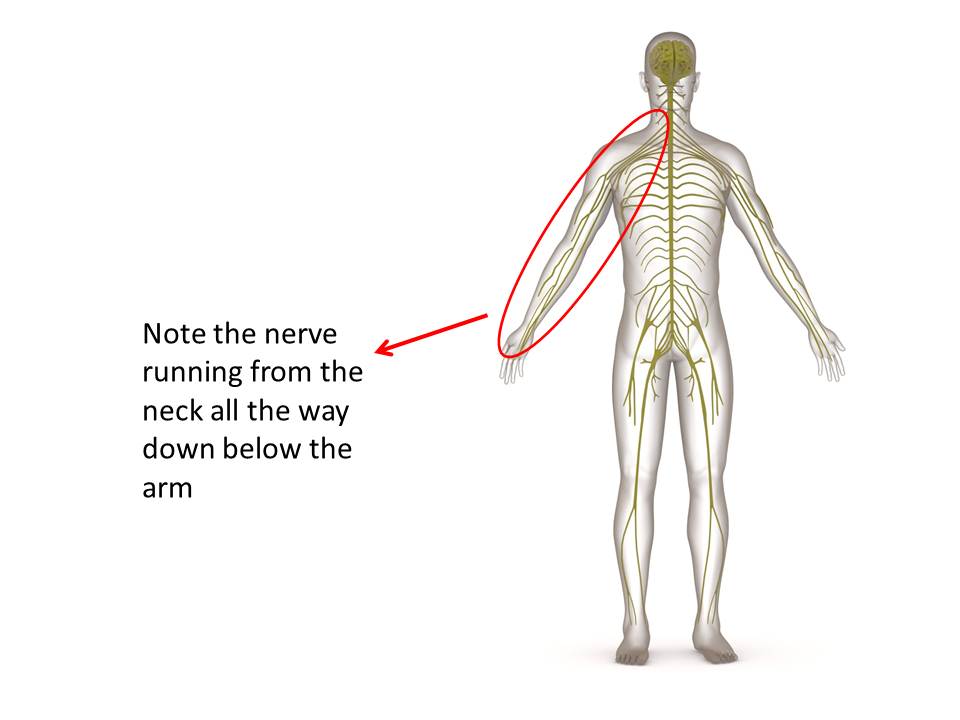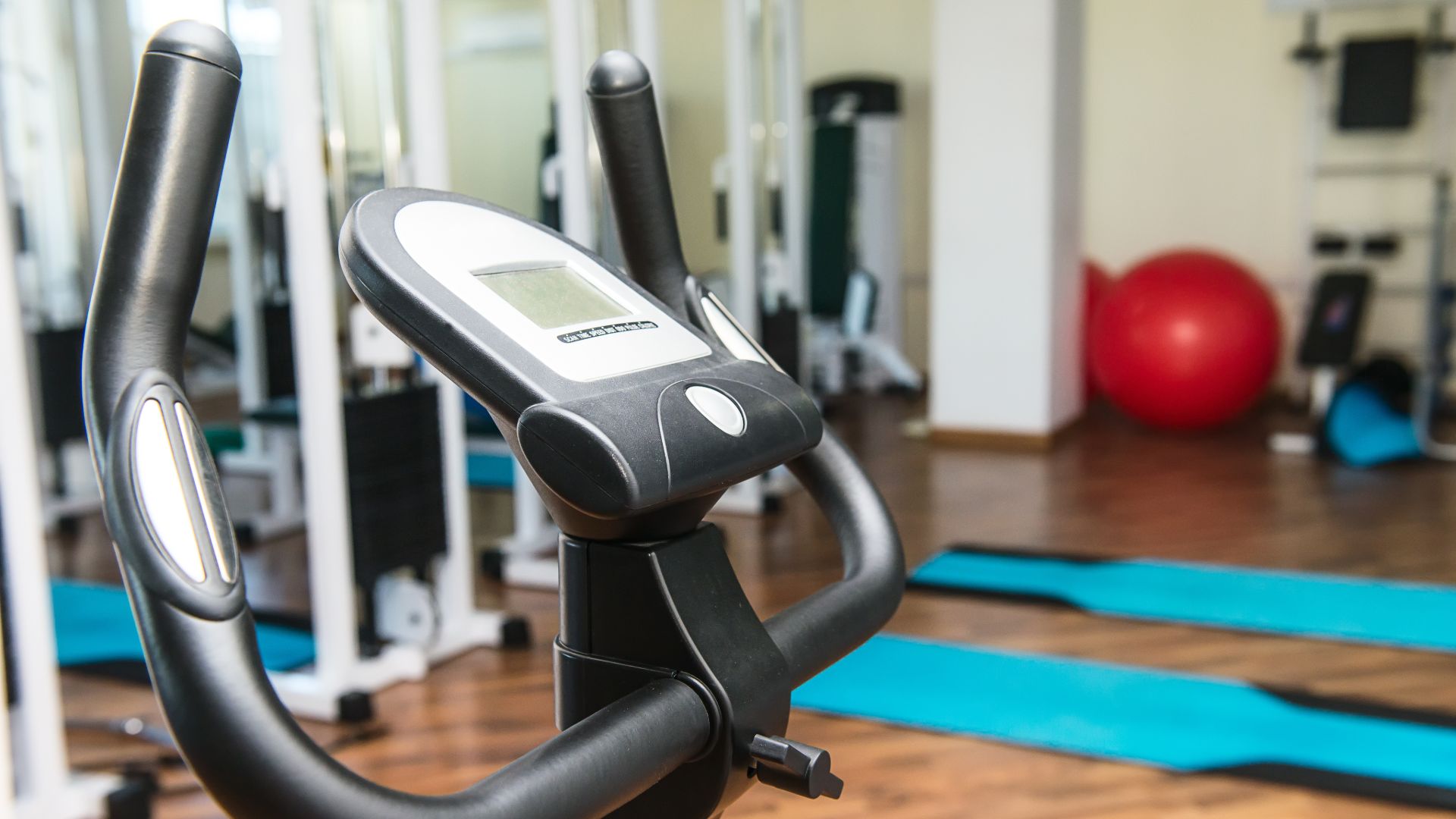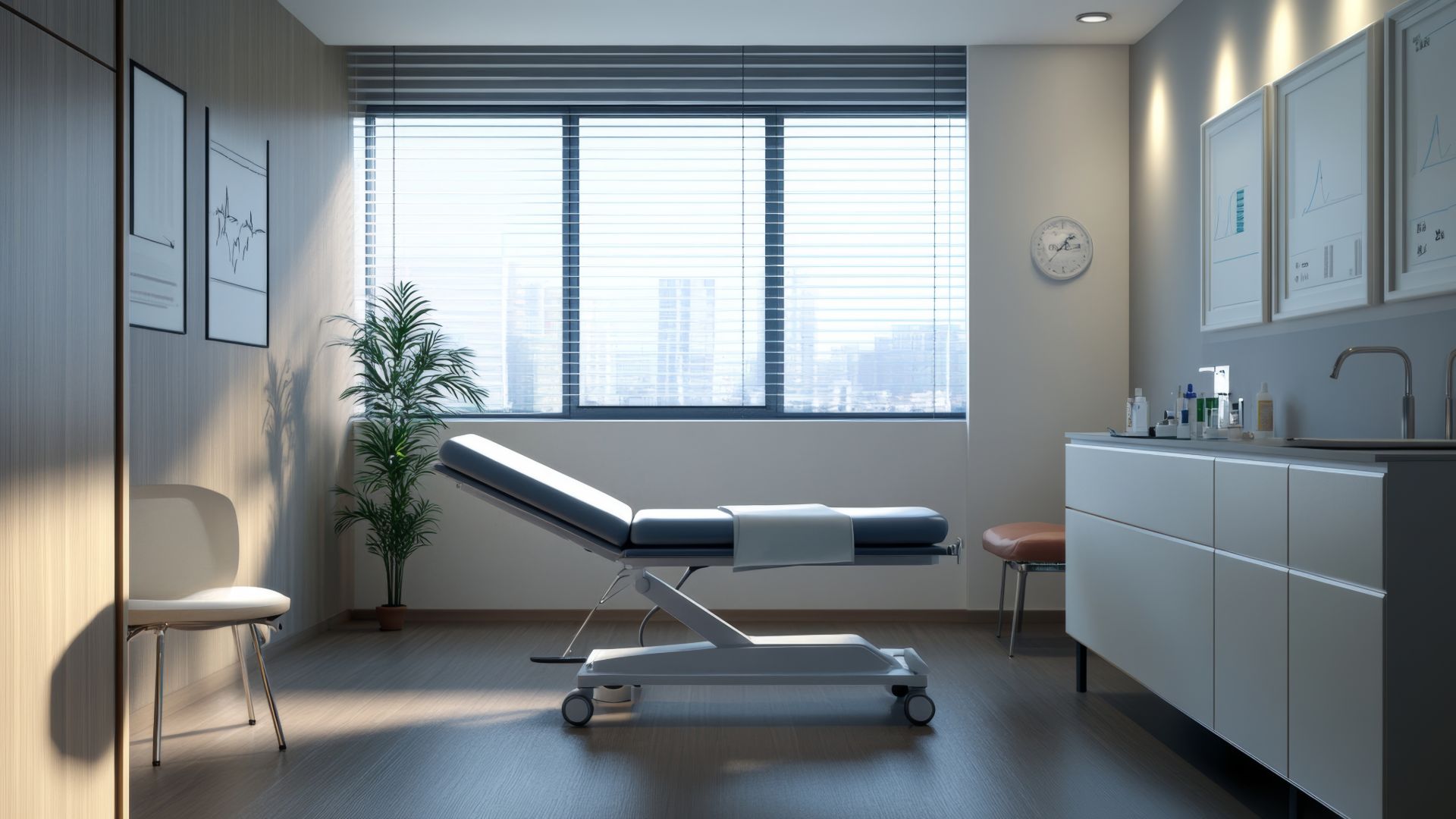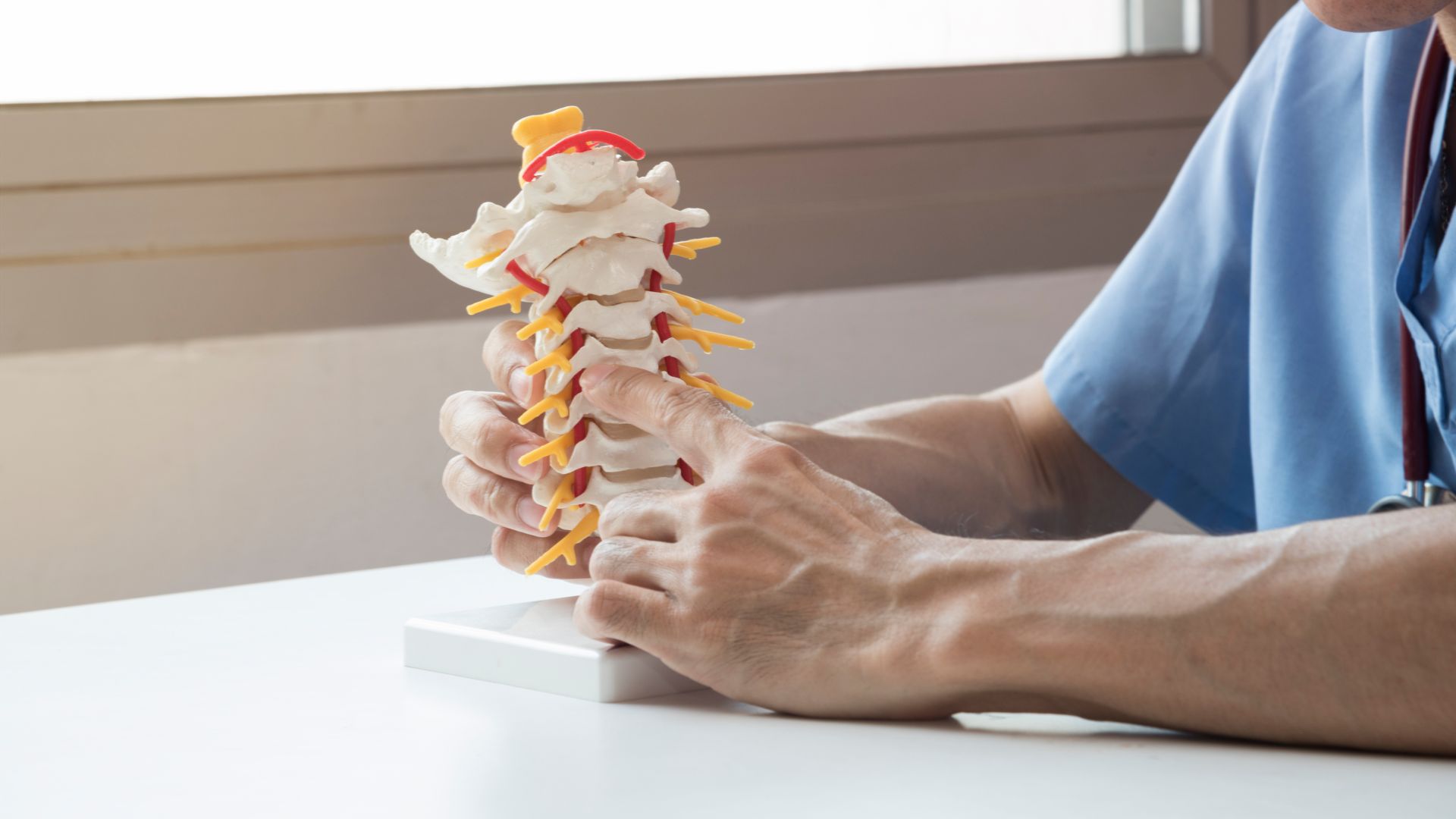Shoulder is one of the more complicated joints in the body. This is perhaps because it is not really connected to the torso through other joints. You have the shoulder joint, shoulder blade (scapula), color bone (clavicle) and your mid back. All the above parts give rise to a complicated and useful range of motion that the shoulder joint carries. Think about it, your knee really bends only one way, so does your elbow but your shoulder, it bends forward, back, inwards, outwards, you can use to comb back of your head, or put your sit belt on. These are complicated movements. Shoulder pain can be due to different reasons. Most likely it is due to an injury. Either it is due to an abrupt injury or an overuse injury. Shoulder can also be dislocated or have it ligaments torn. You can also break your shoulder bones or chip the socket. All of the above situations can cause shoulder pain that when left unchecked it can cause chronic pain. One of the worst conditions that I have noticed in my clinic is a condition called frozen shoulder (adhesive capsulitis). We are not sure about the reasoning behind this awful pain, but it usually happens to female patients on their non-dominant arm. It can take as little as 6 months or up to one or two years to be resolved. In my experience if patients get help early most of chronic issues can be avoided. One of the most common sources of shoulder pain that we see at Simply Align Rehab is rotator cuff injury. Rotator cuff is made of four special muscles that hold the arm bone in a proper position with respect to the shoulder. These muscles are Supraspinatus, Infraspinatus, Teres Minor, and Subscapularis. Injury to these muscles such as a tear in Supraspinatus or tendons can cause shoulder pain every time you want to lift your arm up. At times if you injure your subscapularis you will have a hard time to internally rotate your arm which is reaching for your back pocket or while trying to wash your back in the shower. There are few orthopedic tests that we can conduct and see if your pain has a rotator cuff origin. Mind you that most of these soft tissue injuries will not show on an ordinary x-rays. Ultrasound or MRI may be required. It is interesting to note that almost no matter what the injury is the rehabilitation of the shoulder is almost always the same. We will use some laser or ultrasound therapies or even acupuncture to reduce the pain and inflammation. Depending on the stage of the injury ice and heat can also be beneficial. Soon after pain-free range of motion exercises should start. One of my favorite is wall walking. In this exercise you basically try to use your fingers and walk up the wall slowly bringing your arm up and opening the shoulder joint. Other exercises include pain-free rubber band exercises and light weight lifting. Much like the knee there is balance training for the shoulder as well. Functional exercises is the last part of therapies where we will try to mimic what you would do with your shoulder at work or home in the clinic and see if we can duplicate the motion or task pain-free.
Few days ago I had a patient with shoulder pain for the past two months. Most of her doctors and diagnosis had been pinpointing to shoulder joint. However I noticed that there was some pain in her neck as well. So we tried our Spinal Decompression machine. After only one visit she had pain-free weekend. This is because her shoulder pain was referred from her neck and perhaps due to a disc bulge touching her nerves. In the picture below you can see how the nerves in the neck are connected to the arm.
I am personally very happy with our technology at Simply Align Rehab. Had it not been for change in our treatment this patient could have easily ended up with a frozen shoulder.





